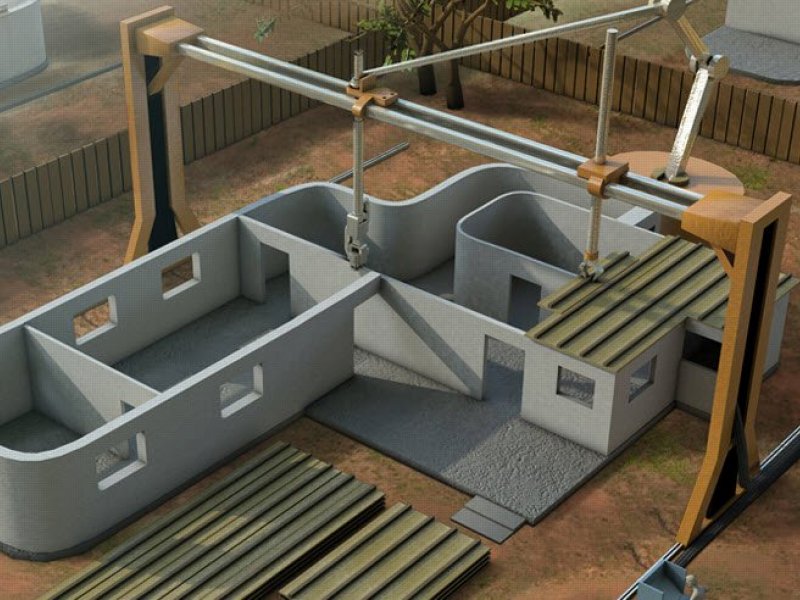


The construction industry is constantly evolving with technological innovations. One of the most remarkable developments in this evolution is 3D printing technology.
Offering an alternative to traditional construction methods, this innovative technique allows for faster, more cost-effective, and more sustainable construction. Let’s take a closer look at how 3D printing technology is shaping the construction industry, a trend we will see more frequently in the future.
3D printing technology has the potential to revolutionize the construction industry. Thanks to advancements in technology, construction projects can now be completed faster, with lower costs, and with less waste. This not only promotes an environmentally friendly approach but also accelerates construction processes.
With the increasing adoption of 3D printing in the future, it will be possible to design customized structures. Creative minds in architecture and engineering will be able to push the boundaries of traditional construction methods, transforming innovative designs into reality.
Additionally, the rapid production process provided by 3D printing can offer significant advantages in emergency situations and post-disaster reconstruction efforts. The ability to quickly construct durable structures in such scenarios is of vital importance.
3D printing technology is bringing groundbreaking changes to the construction industry, enabling projects to be completed faster, cheaper, and more sustainably. This technology allows the construction of advanced structures by layering materials such as concrete, plastic, and other components.
Particularly, the integration of 3D printing in detached houses and social housing projects helps reduce material waste and lower labor costs. The process, supported by robotic systems and automation, requires less human labor in construction.
On construction sites, 3D printers operate with high speed and precision, helping to deliver projects on time. These systems, which can work in integration with advanced engineering software, offer greater flexibility compared to traditional methods, which often limit architectural creativity.
Furthermore, 3D printing technology promotes the use of sustainable materials, reducing the environmental impact of construction. The efficient use of natural resources and the integration of recycled materials open the door to more eco friendly applications in the construction sector.
3D printing technology provides revolutionary advantages in the construction industry. First and foremost, cost reduction is a significant benefit. Compared to traditional construction methods, structures built with 3D printing can be completed at a lower cost.
Additionally, construction time is significantly shortened. Thanks to its fast and efficient production processes, 3D printing reduces the time required to complete projects, allowing construction companies to handle more projects in a shorter period.
Another major advantage of 3D printing is sustainability. This technology minimizes waste, offering an environmentally friendly approach. Particularly, the conservation of raw materials contributes to reducing the environmental impact of the construction sector.
Moreover, design flexibility enables architects and engineers to create more innovative and creative structures. Complex geometric shapes that are difficult to achieve using traditional methods can be easily realized with 3D printing.
The impact of 3D printing on the construction industry is evident in various areas, including cost reduction, speed, sustainability, and design flexibility. These advantages help construction companies remain competitive in the industry.
Source: https://www.constructconnect.com/blog/3d-printing-construction